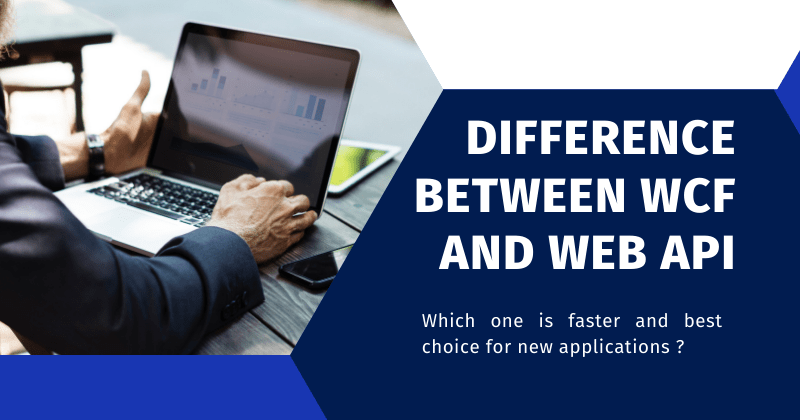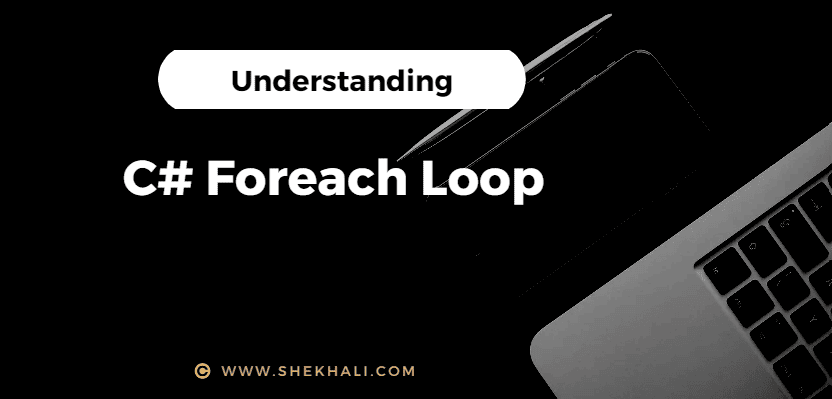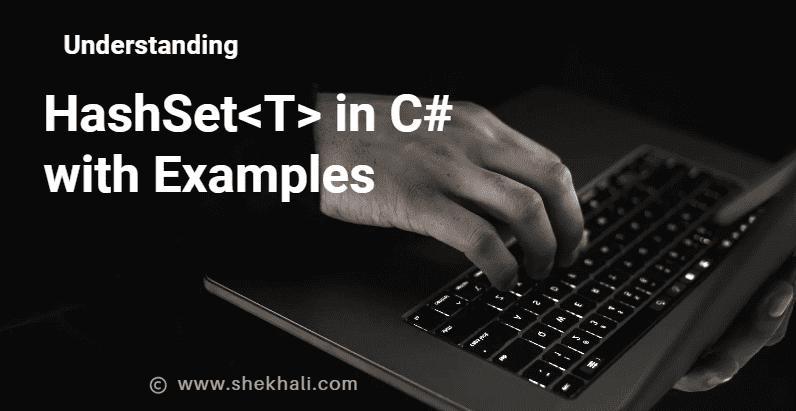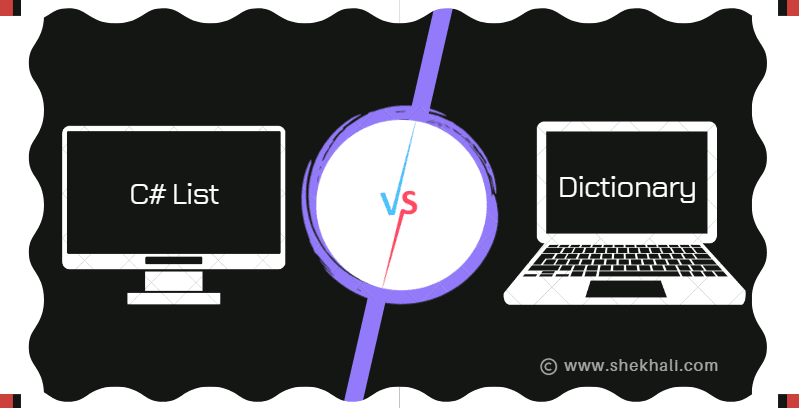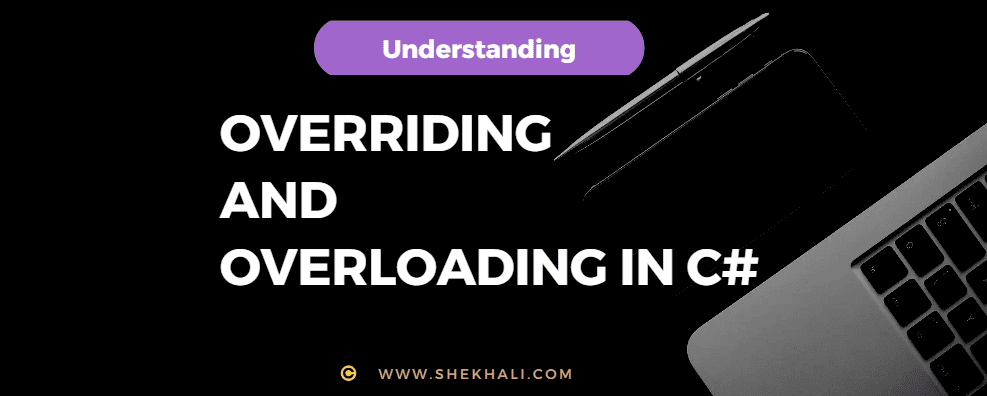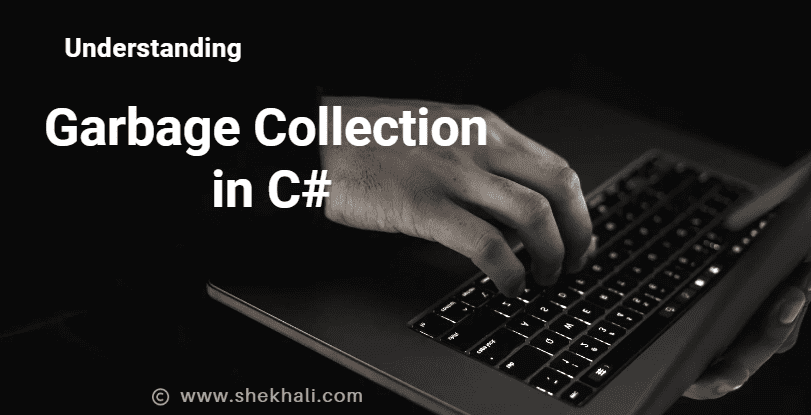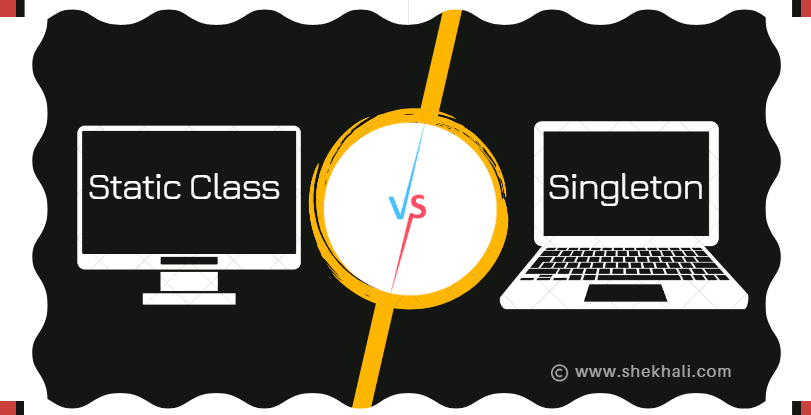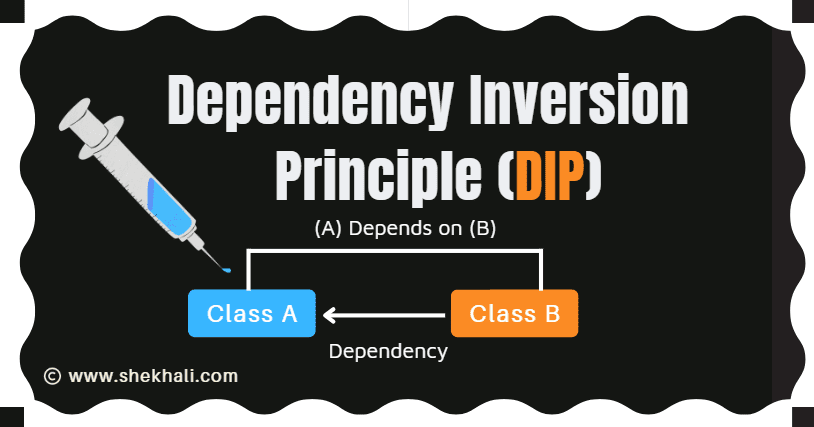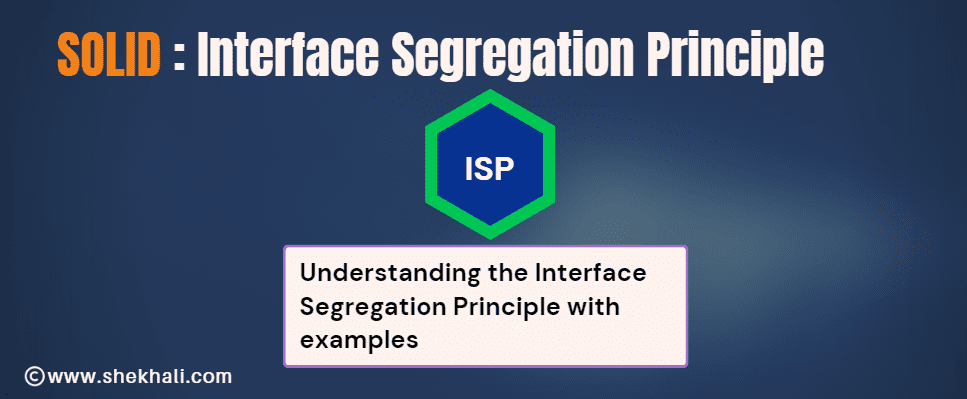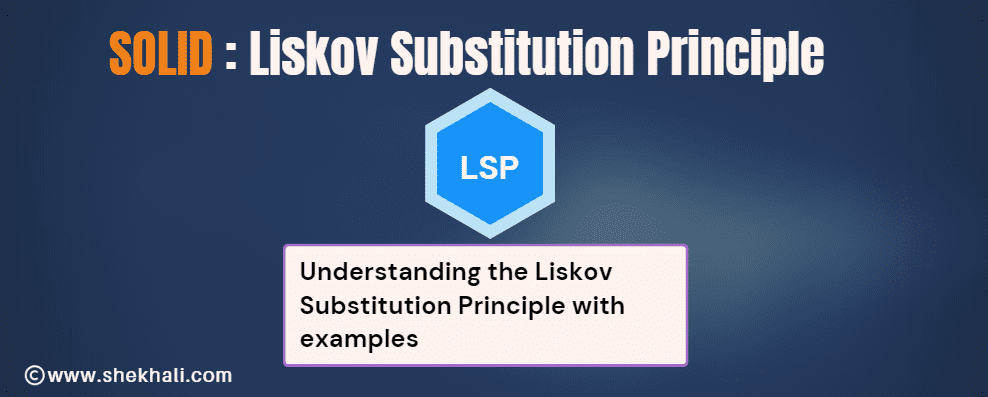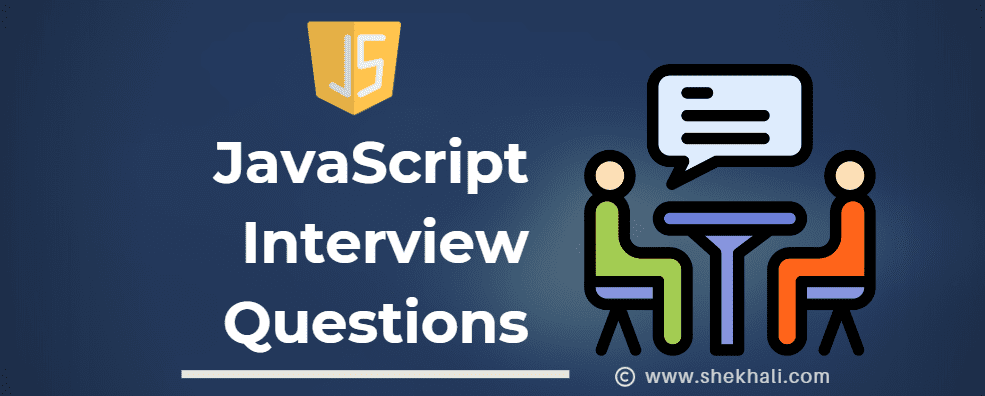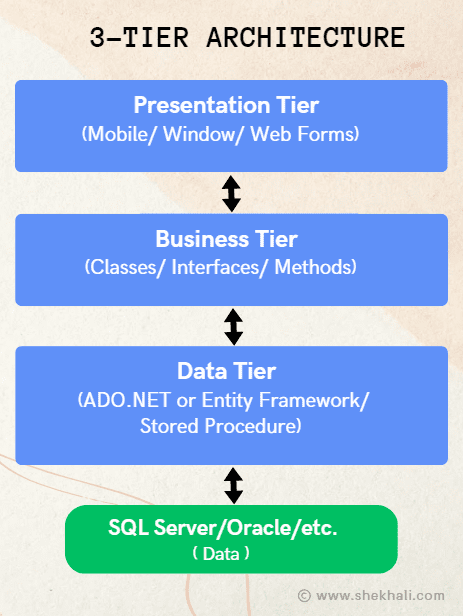Hey there, fellow coders. As a software engineer and blogger, I’m always excited to dive into the latest tools and features that make our lives easier and C# 12 with .NET 8 in 2025 does not disappoint.
In this article, I’ll walk you through the top C# 12 new features released alongside .NET 8 in November 2023.
So, what’s the big deal? C# 12 simplifies syntax, reduces boilerplate code, boost performance, and introduces features that make your codebase cleaner, more expressive and ultimately make your applications more modern and flexible.
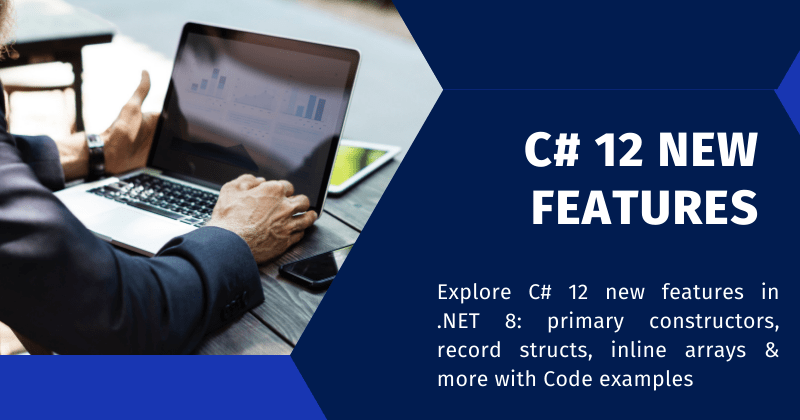
Let’s dive into what’s new in 2025 and why you should care.
